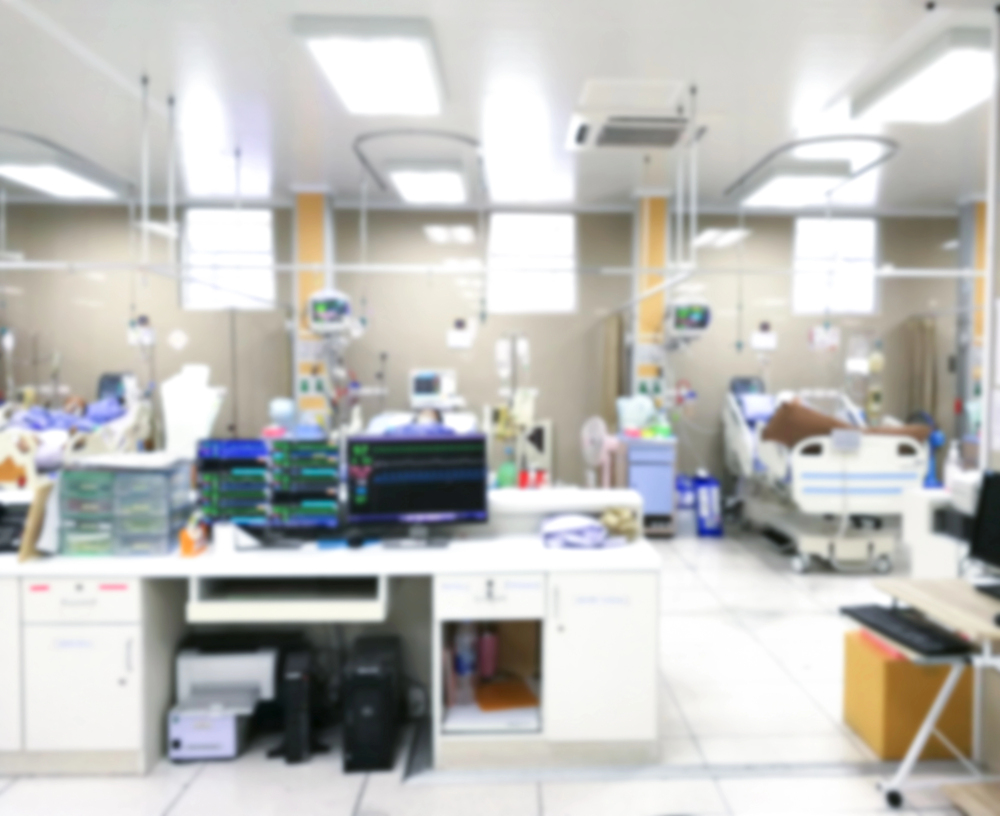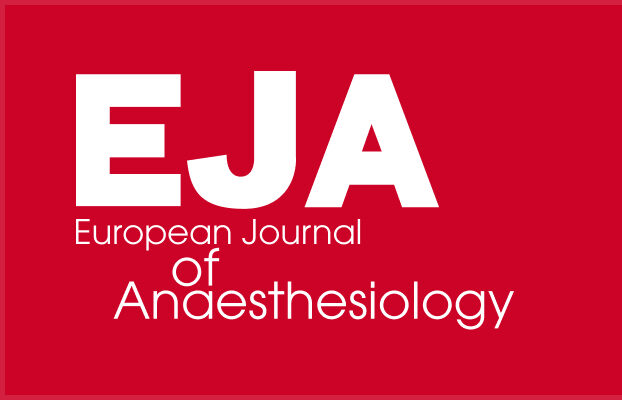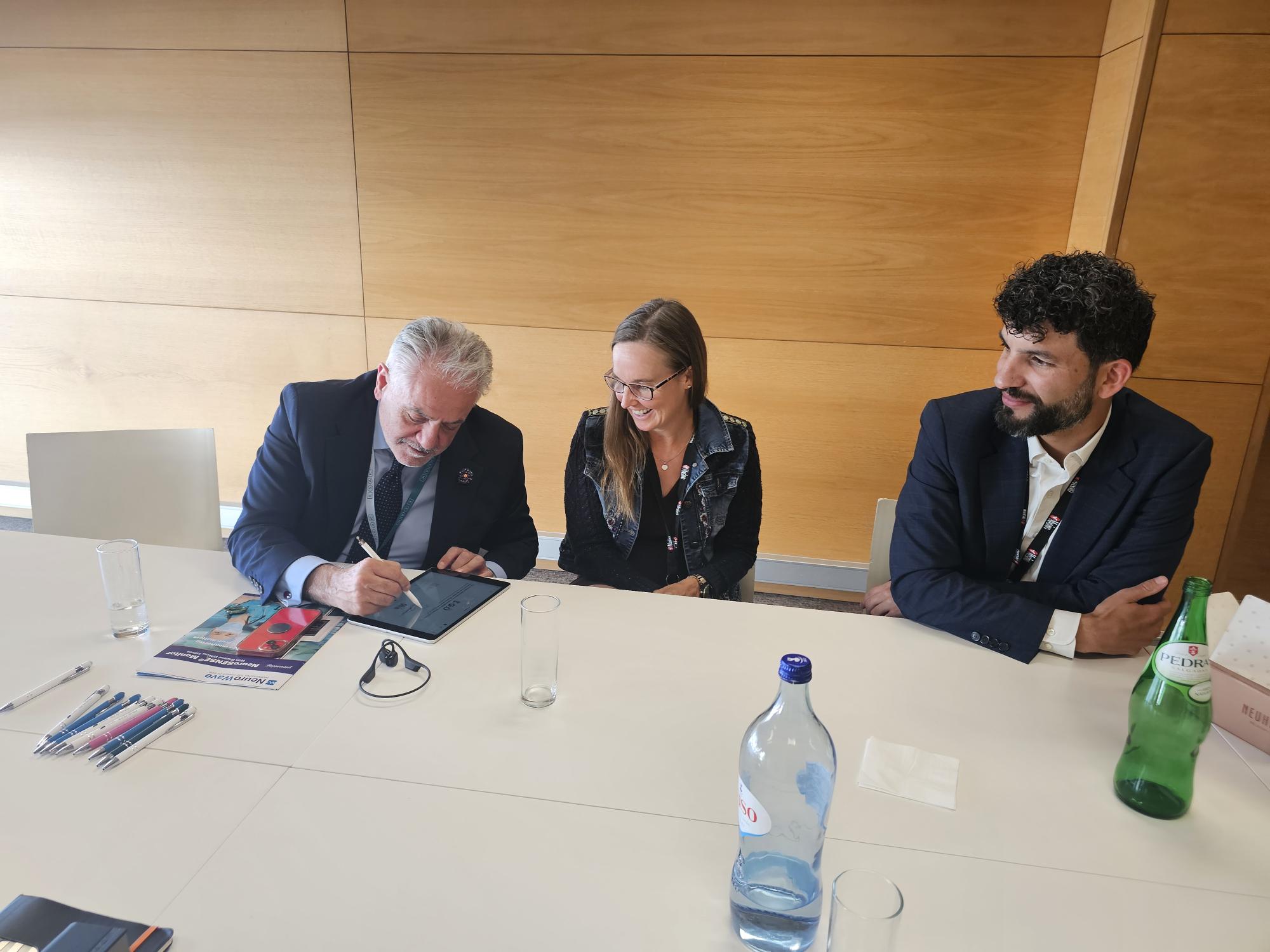Congress Newsletter 2025
Post-Anaesthesia Care Unit (PACU)
The missing link between anaesthesia and ICU
The immediate postoperative period remains one of the most physiologically unstable phases of a patient’s surgical journey. The Post Anaesthesia Care Unit (PACU) plays a critical role in managing this transitional phase, where residual anaesthetic effects, airway compromise, haemodynamic fluctuations, and pain can create significant clinical risks. The PACU represents an environment where careful monitoring and rapid intervention are essential to ensuring safe patient recovery. The ability to detect early signs of deterioration requires a trained eye and seamless communication between the PACU staff and the anaesthetic team. As surgical complexity increases, the need for structured, well-resourced PACUs becomes more urgent. Emergency management in these settings demands not only clinical expertise but well-rehearsed teamwork, immediate access to emergency airway and resuscitation equipment, and clear escalation protocols.
In this session our 3 speakers will explore the rationale behind the PACU’s essential role, its function as a buffer between theatre and critical care and will highlight the key principles in recognising and managing emergencies in this dynamic and demanding environment.
“We must not neglect postoperative care nor underestimate its impact.”
Prof. Dr. Başak Ceyda Meço, a Professor of Anaesthesiology specialised in neuroanaesthesia and geriatric anaesthesia, will focus on Patient-Reported Outcome Measures (PROMs) and Patient-Reported Experience Measures (PREMs), and how we can optimise patient outcomes through a strong patient-centred approach. She will demonstrate how the safe perioperative pathway starts with the preoperative visit and continues through to the PACU and beyond. Taking care of patients in a holistic way throughout their entire journey through this pathway is essential. Although some patients may need ICU care, with good planning, the right approach, and attentive PACU management, many could potentially bypass the ICU.
Prof. Meço is deeply involved in the Safe Brain Initiative, which emphasises tailoring medical care to meet patients’ specific needs. The PACU plays a key role in this, acting as a crucial step where healthcare professionals can truly focus on each patient and help guide them to the ward, ICU, or even home with the best possible outcomes.

Our second speaker is Professor Jens Meier, Head of the Department of Anaesthesia and Intensive Care at the Kepler University Hospital in Linz, Austria. He will champion the value of the PACUs and how they form a vital part of the perioperative pathway.
Recent studies highlight how the Post Anaesthesia Care Unit (PACU) is evolving to be an essential intermediary between the operating theatre and the Intensive Care Unit (ICU). Evidence from two key investigations demonstrates how structured, anaesthetist-led PACUs can manage high-acuity postoperative patients, reduce unnecessary ICU admissions, and support fast-track recovery pathways.
In one study (1), introducing 24/7 anaesthesiologist-led care within a PACU setting allowed for the safe management of more complex postoperative patients outside the ICU. This led to a shift in ICU case mix, with fewer stable elective patients requiring critical care, illustrating the PACU’s potential as a triage point for escalation or step-down care. A second study (2) focused on fast-track cardiac anaesthesia. It demonstrated that, with dedicated protocols and trained staff, a PACU could safely facilitate early extubation and accelerated recovery in cardiac surgical patients. This approach reduced mechanical ventilation time and ICU length of stay, without compromising patient safety.
Together, these findings support a model where the PACU serves not merely as an antechamber of the ICU, but as a high-dependency zone capable of managing perioperative risk, identifying early deterioration, and optimising patient flow. For anaesthetists, this reinforces the importance of PACU design, staffing, and protocol development in enhancing postoperative care and critical care integration.
“PACU is a critical transition point of the perioperative path.”
Emergencies in the PACU, such as airway obstruction, hypoventilation, hypotension, arrhythmias, or emergence delirium, require swift assessment and coordinated interventions. Timely recognition and management of postoperative complications can significantly impact patient outcomes. Can these be managed safely in the PACU? Dr. Fabio Guarracino, Head of the Department of Cardiothoracic Anaesthesia and Intensive Care at Pisa University Hospital, Italy, believes they can. Utilising a systematic approach like ABC evaluation (Airway, Breathing, Circulation) is key to stabilising the patient. Clear communication, rapid response protocols, and close collaboration among anaesthesiologists, PACU nurses, and surgical teams are essential. Familiarity with institutional emergency algorithms, access to resuscitation equipment, and ongoing staff training will ensure preparedness. Ultimately, anticipating high-risk scenarios, vigilant monitoring, and a proactive mindset can turn potential crises into manageable events, ensuring patient safety during this vulnerable recovery phase.
Post-Anaesthesia Care Unit (PACU): the missing link between anaesthesia and ICU will take place on Sunday 25 May, at 14:30 -15:30 WEST in room Braga.
References:
- Kastrup, M., Seeling, M., Barthel, S. et al. Effects of intensivist coverage in a post-anaesthesia care unit on surgical patients’ case mix and characteristics of the intensive care unit. Crit Care 16, R126 (2012). https://doi.org/10.1186/cc11428
- Probst S, Cech C, Haentschel D, Scholz M, Ender J. A specialized post anaesthetic care unit improves fast-track management in cardiac surgery: a prospective randomized trial. Crit Care. 2014 Aug 15;18(4):468. doi: 10.1186/s13054-014-0468-2. PMID: 25123092; PMCID: PMC4243831.










